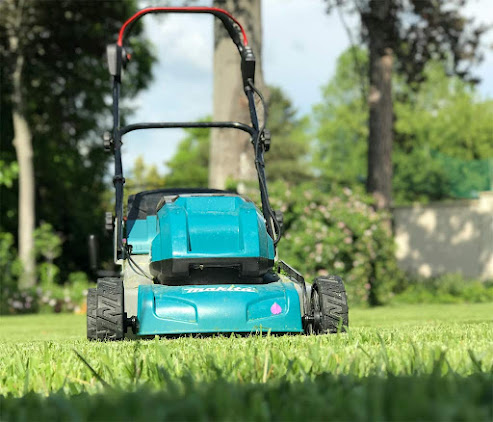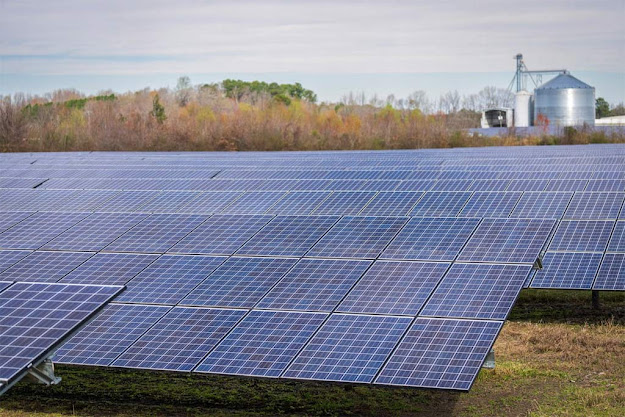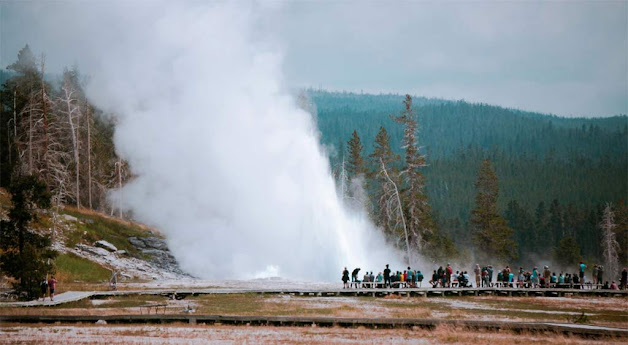How to Pick Fishing Ocean Going Kayak
Selecting an ocean-going kayak for fishing is a pivotal decision that marries the thrill of kayak fishing with the vastness and unpredictability of the ocean.
This guide aims to equip you with the knowledge to choose a kayak that not only enhances your fishing experience but also ensures your safety and comfort in open water conditions.
Let’s navigate through the essential considerations and features to look for when picking your ocean-going fishing kayak.
Understand Your Needs
Before diving into the specifics, it’s important to assess your fishing goals, physical capabilities, and the type of ocean conditions you plan to face. Are you targeting nearshore waters, or do you plan to venture out into deeper, more turbulent seas? Will you be fishing in mostly calm water, or do you expect to encounter waves and wind?
Your answers will significantly influence your choice of kayak.
Key Considerations for an Ocean-Going Fishing Kayak
Stability and Performance
- Primary and Secondary Stability: Look for a kayak with excellent primary stability (stability when sitting still) for fishing activities, and robust secondary stability (stability when in motion) to handle waves and choppy conditions.
- Hull Design: The shape of the kayak’s hull affects its performance in water. V-shaped hulls cut through water and waves better, offering good speed and secondary stability. However, they may be less stable when stationary. A pontoon or hybrid hull design provides a good balance between stability and performance in varied conditions.
Size and Weight
- Length: Longer kayaks (over 12 feet) track better (move straighter) and are faster, making them suitable for covering larger distances in the ocean. However, they can be harder to transport and maneuver.
- Width: A wider kayak offers more stability, which is crucial for ocean fishing, especially if you plan to stand up to cast and reel in fish.
Storage and Capacity
- Weight Capacity: Ensure the kayak can support your weight, plus the weight of your gear, catch, and any additional equipment without compromising safety or performance.
- Storage Space: Look for ample and accessible storage options, including sealed hatches for valuables and open spaces for quick-access items. Rod holders, gear tracks, and mounting points for accessories such as GPS units or fish finders are also essential.
Comfort and Safety Features
- Seat: Comfort is key for long days on the water. High-quality, adjustable seats can prevent fatigue and support your back.
- Safety Features: Bright colors for visibility, built-in buoyancy for added flotation, and designated areas for safety gear (PFD, flares, VHF radio) are crucial. Also, consider kayaks with a rudder or skeg to improve maneuverability in strong currents and winds.
Sit-on-Top vs. Sit-Inside
- Sit-on-Top Kayaks: Most ocean anglers prefer sit-on-top kayaks for their stability, ease of entry and exit, and self-draining scupper holes. They’re generally safer for ocean fishing as they can be easier to re-enter from the water if capsized.
- Sit-Inside Kayaks: Sit-inside models can offer better protection from elements and may be preferred in colder waters. However, they require more skill to re-enter if capsized and are less common for ocean fishing due to these challenges.
Portability and Transportation
Consider the kayak’s weight and your ability to transport it to and from the water.
Kayaks with a modular design or those made from lightweight materials can ease transportation challenges but may come with a higher price tag.
Test Before You Buy
Whenever possible, test the kayak in conditions similar to those you expect to encounter. Many dealers offer demo days where you can try out different models.
Pay attention to how it handles, its stability, comfort, and whether it meets your storage needs.
Long Story Short
Choosing the right ocean-going kayak for fishing is a personalized decision that requires careful consideration of stability, performance, size, storage, and safety features.
By understanding your needs and thoroughly evaluating the options, you can select a kayak that not only elevates your fishing experience but also ensures your adventures on the open sea are safe and enjoyable.
Remember, the best kayak is one that fits both your fishing style and the dynamic conditions of ocean waters.



